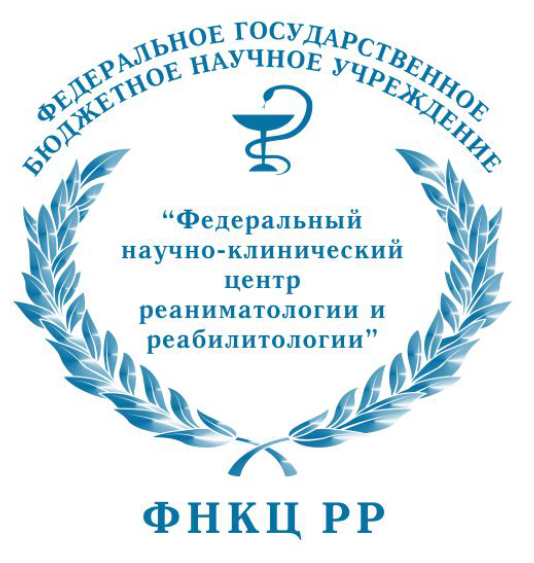
|
ИСТИНА |
Войти в систему Регистрация |
ФНКЦ РР |
||
Histone acetylation drives the partitioning of the Drosophila chromosomes into topologically-associating domainsдоклад на конференции
- Авторы: Ulianov Sergey V., Razin Sergey V., Shevelyov Yuri Y., Khrameeva Ekaterina E.
- Международная Конференция : 42nd FEBS Congress "From molecules to cells and back"
- Даты проведения конференции: 10-14 сентября 2017
- Дата доклада: 12 сентября 2017
- Тип доклада: Устный
- Докладчик: Ulianov Sergey V.
- Место проведения: Иерусалим, Израиль
-
Аннотация доклада:
Interphase chromosomes in multicellular eukaryotes are organized into arrays of megabase- and submegabase-scale self-interacting topologically-associating domains (TADs) commonly interpreted as chromatin globules. Despite extensive studies revealed crucial role of TADs in the genome function, molecular mechanisms of TAD formation and maintenance remain largely unknown. There are at least two dominant families of models explaining chromosome partitioning into TADs. The first one relies on the presence of the so-called loop extrusion process leading to the genome-wide formation of chromatin loops folded into spatially insulated globules. The second model family postulates that TAD formation is a result of chromatin fiber self-assembly into high-ordered structures. This process does not require energy-dependent molecular machines and reflects the intrinsic capability of chromatin to fold into relatively stable globules. Recently, we have proposed that TADs in the Drosophila genome are formed by transient internucleosomal interactions predominantely within repressed chromatin. According to our model, histone N-terminal tail acetylation within active genome regions suppresses chromatin compactization that explains the location of transcribed genes within TAD boundaries and interdomain regions. To get further insights into this process, we have studied chromatin structure using Hi-C analysis coupled with profiling of acetylated histones and polyA-RNA in the Drosophila cultured cells treated with either trichostatin A (TSA, HDAC inhibitor) or curcumin (HAT inhibitor). We found that TSA-mediated suppression of HDAC activity leads to a considerable increase of histone acetylation predominantely within TAD boundaries and inter-TAD regions accompanied with a decrease of spatial interactions between adjacent TADs. Conversely, we observed that curcumin-mediated suppression of HAT activity leads to genome-wide increase of spatial interactions between adjacent TADs and even to TAD fusion resulted in the loss of TAD profile at certain genome regions. Moreover, we have observed similar effects when performed siRNA-mediated knockdown of histone deacetylase I and major histone acetyltransferase CBP. Our results suggest that internucleosomal interactions within repressed chromatin may represent a major driving force for the TAD formation in the Drosophila genome.
- Доклад на конференции выполнен в рамках проекта (проектов):
- Добавил в систему: Ульянов Сергей Владимирович